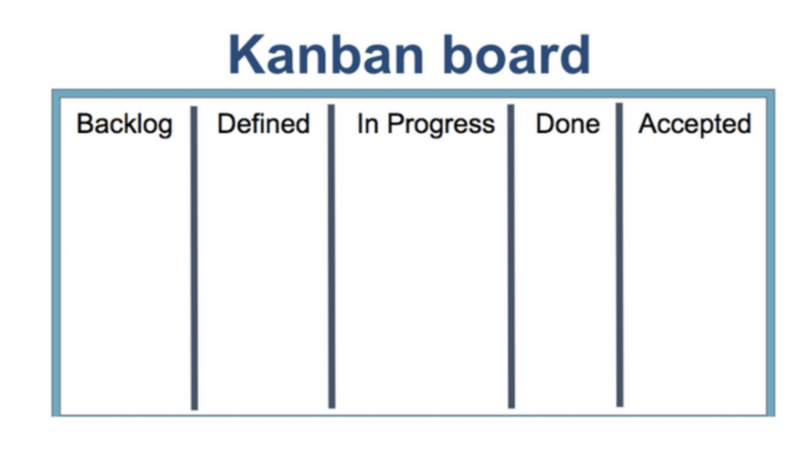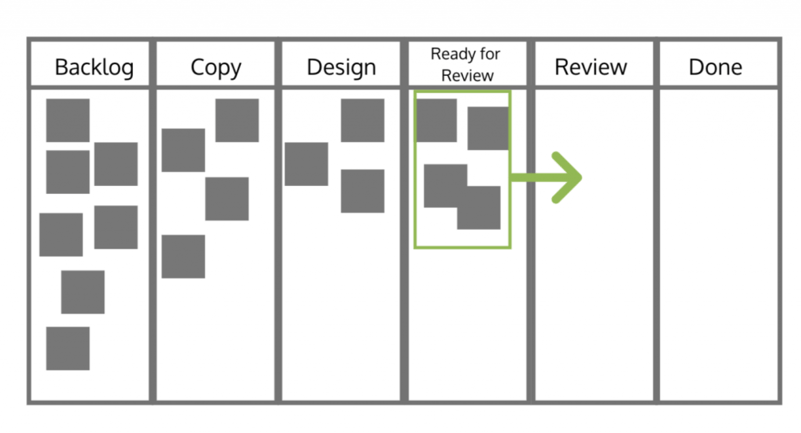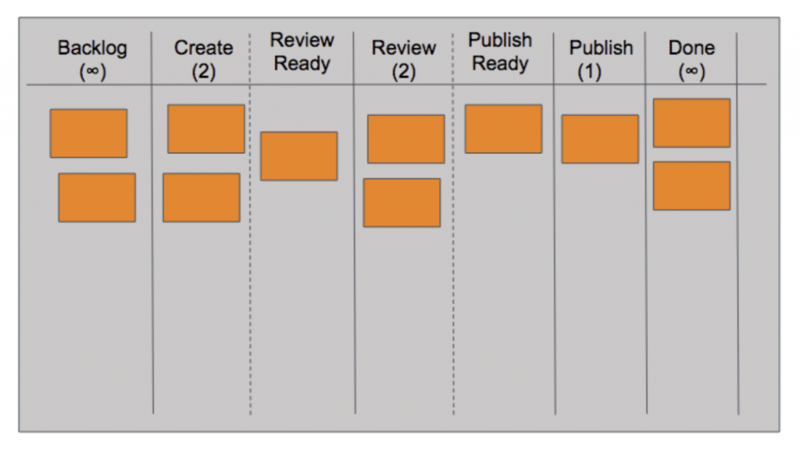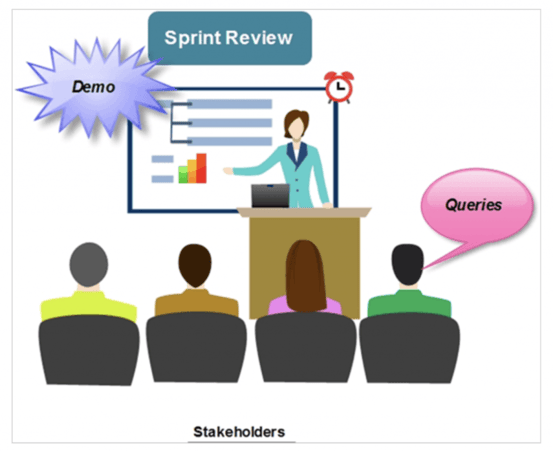Improve your Marketing Ops every week
Subscribe to our blog to get insights sent directly to your inbox.
Confront your process problems head on with a Sherpa by your side.
Explore support options that are tailored to meet you wherever you are on your climb.
Browse our pioneering Agile marketing courses
Learn from the stories of marketers already on the road to process improvement.
Featured Resource

State of Agile Marketing
Learn from 8 years of study on how marketers are increasing their agility.
Download Report
When asked what part of their process slows them down the most, 99% of teams give the same answer: reviews.
The dreaded Review Stage of any process has the potential to make or break a team’s efficiency. It’s the place where our tasks spend the most time lingering in the workflow without being actively worked on, and we know it.
The problem is, most teams believe they have no way of influencing the speed of the review process.
After many failed attempts they’ve accepted that when it comes to reviews, all they can do is wait.
But as our friend Tom Petty would tell us, waiting is the hardest part. So let’s do something about it.
In this article, we’re counting down some of the easy ways Agile teams practicing Scrum or Kanban can double (or even triple!) the speed of their review process.

First things first: reviews shouldn’t live hidden in the email inboxes of individual team members.
The speed of the review process has the potential to define the velocity of the entire team, so secrecy isn’t a good approach.
This crucial team issue should be visualized so it can be rigorously optimized.
Making the review process transparent as part of a visual workflow is the first step any team can take towards improving the speed and quality of the Agile review process.

Sending a neverending stream of work items for review is like ceaselessly throwing volleyballs over a brick wall and expecting the person on the other side to pass them all back immediately.
At work, this approach becomes a constant interruption for the reviewer.
Soon, the reviewers might start learning to block it out because it has become, quite literally, unmanageable.
On the other hand, creating batches of work items helps reviewers carve out a dedicated time for reviewing all the items, one after the other.
If we extend our metaphor, it would be like throwing a single bag of volleyballs across the wall, once a day, and requesting they be passed back by the end of the day or week.
Instead of chaotically trying to catch as many as possible, the reviewer is able to position the reviews as a single work item in their own backlog and focus on it at an appropriate time.
This helps deliver the reviewed work get back to the team faster. Everybody wins.
When it comes to getting work reviewed, the sooner you can alert your reviewer that work is coming, the better. Giving a heads up for work that will be ready for review before it becomes urgent has a two-fold positive effect:
Asking for a last-minute review will catch your reviewer off guard. But giving them early indication of work that will be ready for review in the next few days helps them anticipate and better prepare to review it.
Before proceeding to learn about WIP limits, take a moment to explore The Agile Marketing Credo — the new foundation for how modern marketers work with clarity, focus, and impact.

Assign work in progress limits to the Review column of your Kanban board (or other visual workflow) to manage expectations and make bottlenecks visible.
Reviews are an essential part of your team’s value stream, not just “someone else’s problem.” That’s why keeping the number of work items waiting for review to a minimum speeds up the entire flow of value towards your customer.
Limiting how many work items can be “Waiting for Review” also helps assignees stay accountable for clearing out the column to make room for new work to enter.
Speaking of accountability...
A work item’s journey to completion begins and ends with the team member assigned to that task.
Yet, it’s very common for task assignees to stop keeping track of their work items the moment they enter the “Pending Review” stage.
The feeling of powerlessness over the review process is the main culprit here.
In fact, many teams consider tasks “Pending Review” as having left their control. This lack of accountability is precisely one of the reasons that reviews often take so long.
It’s like a Catch-22. The reviewer needs to be reminded to do their part in moving the task forward, but the task assignee does not feel that’s his or her responsibility.
A great way to manage the relationship between reviewer and assignee is:
Reviewers can be removed from the process policies of the execution team. In these cases, what the team expects from the review process turns into a nebulous concept for the reviewer.
An easy way to manage expectations around the review process is to craft a mutually accepted set of explicit policies around what the output of the review process should include and how long it should take.
An example of a set of explicit policies for the Agile review process might include:

Image from https://www.softwaretestinghelp.com
Even if you’re not a team practicing pure Scrum, you’re probably still reviewing your progress on initiatives regularly.
These show-and-tell style sharing sessions create valuable touchpoints during which the team can receive feedback about MVPs (Minimum Viable Products) before producing finished work.
If the right people are in the room for this meeting, the team can use the opportunity to course-correct, or even receive a review from a stakeholder.
If possible, these brief face-to-face sharing sessions can replace lengthy email threads, or days that the team spends waiting for an official review.
If there’s an opportunity to develop review capabilities internally within the team, invest in it!
Interview the person or people who typically participate in reviewing your team’s work. Ask them about the criteria they tend to focus on. Isolate these criteria and include them as requirements in your work items.
Double checking this checklist internally can save you a lot of time in the long run.
It may not be able to immediately remove the need for an external review. However, it will cut down the time it takes for work items to be reviewed significantly.
No matter the type of review required for work items to move forward, reviews represent the part of the process that affects execution teams most strongly.
That’s why team members should be empowered to manage expectations by collaborating with their reviewers, track work items even when they are in the review stage and visualize their Agile review process in a way that improves team efficiency.
Once you've unlocked the power of better reviews, it's time to dive into all the other aspects of Agile project management ready to transform how your teams function.
Subscribe to our blog to get insights sent directly to your inbox.
Subscribe to our blog to get insights sent directly to your inbox.